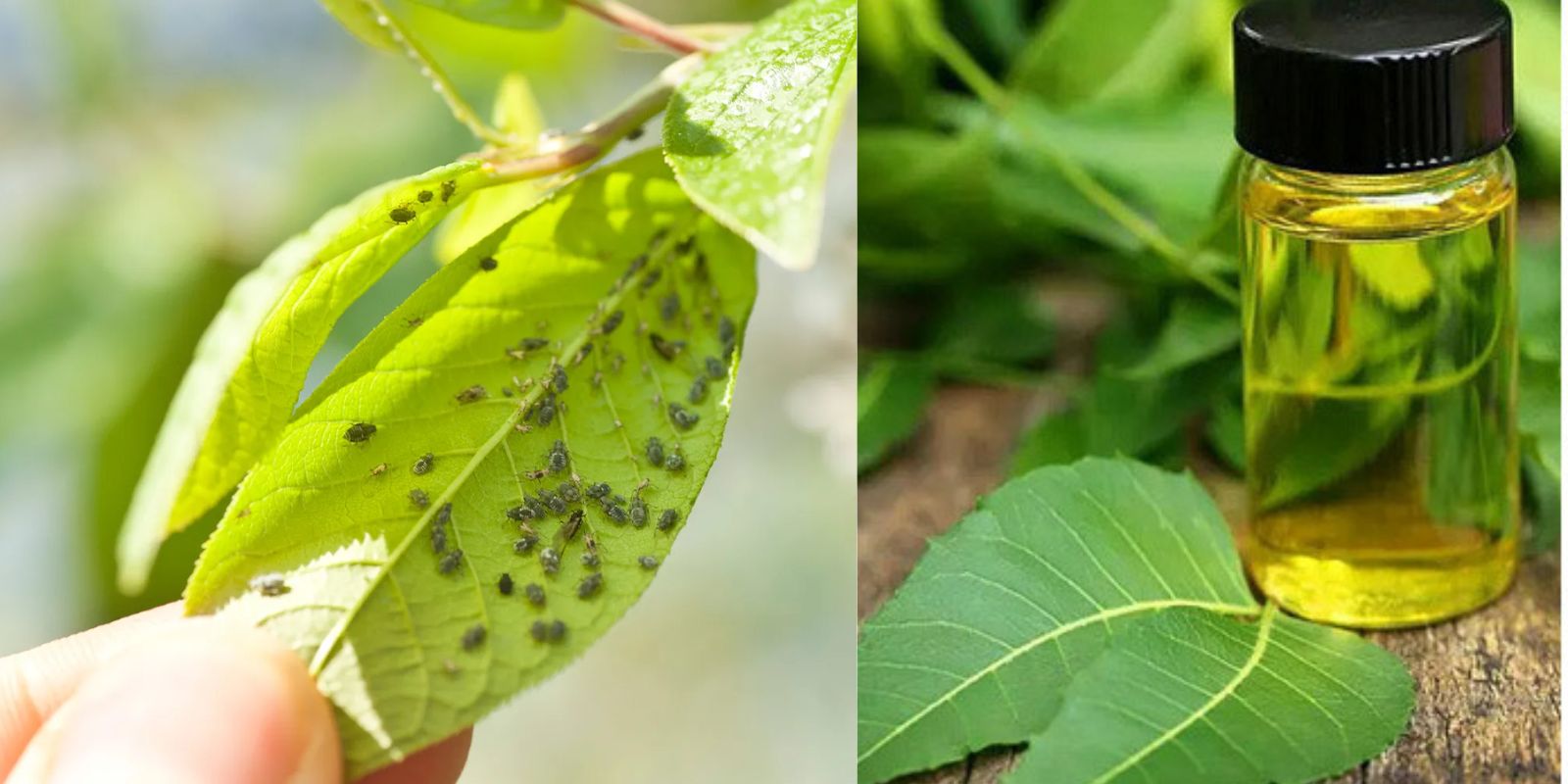Introduction
Neem oil is a powerful tool in organic gardening, renowned for its ability to control pests and diseases naturally. However, despite its benefits, improper use of neem oil can lead to neem oil burn, which can damage your plants and negate the positive effects of the treatment. Understanding how to apply neem oil correctly is crucial for maintaining a healthy garden. This comprehensive guide will walk you through the best practices for using neem oil, ensuring you can protect your plants without causing harm.
What Is Neem Oil?
Neem oil is derived from the seeds of the neem tree (Azadirachta indica), a plant native to India and other parts of Southeast Asia. It contains several active compounds, including azadirachtin, which has insecticidal properties. Neem oil disrupts the life cycle of pests by interfering with their feeding and reproduction, making it an effective, eco-friendly pest control option.
Why Neem Oil Burn Happens
Neem oil burn occurs when the oil is applied in excessive concentrations or under unfavorable conditions. The oil can cause damage to plant tissues, especially when combined with high temperatures or direct sunlight. This can lead to symptoms such as leaf burn, yellowing, and even plant stress or death.
Steps to Prevent Neem Oil Burn
- Choose the Right Neem Oil Concentration One of the most common causes of neem oil burn is using too high a concentration of neem oil. To prevent this, always follow the recommended dilution rates provided by the manufacturer. Generally, a mixture of 1-2 tablespoons of neem oil per gallon of water is sufficient for most applications. Overly concentrated solutions can be harsh on plants, leading to damage.
- Test on a Small Area First Before applying neem oil to your entire plant or garden, test it on a small, inconspicuous part of the plant. Choose a few leaves or a small section of the plant and apply the diluted neem oil. Wait 24-48 hours to observe any adverse reactions such as leaf burn or discoloration. If no negative effects are observed, you can proceed with broader application.
- Apply in Cooler Times The timing of your neem oil application can significantly impact its effectiveness and safety. Apply neem oil early in the morning or late in the afternoon when temperatures are cooler. Avoid application during the heat of midday, as the sun can intensify the effects of the oil, increasing the risk of burn. Cooler temperatures help the oil dry more gradually and evenly, reducing the chance of damage.
- Avoid Direct Sunlight Post-Application After applying neem oil, ensure that your plants are not exposed to direct sunlight immediately. The oil needs time to be absorbed and dried on the plant’s surface. Direct sunlight during this time can cause the oil to heat up, increasing the risk of leaf burn. If possible, move your plants to a shaded area or ensure they are sheltered from the sun until the neem oil has dried.
- Ensure Proper Dilution Always adhere to the recommended dilution ratios for neem oil. Over-concentration not only increases the risk of plant damage but also reduces the effectiveness of the treatment. Use a measuring spoon or cup to ensure accurate mixing, and avoid adding more neem oil than specified. Proper dilution ensures that the oil is effective against pests while minimizing potential harm to your plants.
- Rinse After Application If you notice signs of neem oil burn, such as leaf curling or discoloration, rinse the affected areas with water as soon as possible. This helps remove excess oil that may be causing damage. Use a gentle stream of water to avoid further stressing the plant. Rinsing also helps to dilute any remaining neem oil on the plant surface, reducing the risk of further injury.
- Maintain Good Airflow Adequate air circulation around your plants is essential for the successful application of neem oil. Good airflow helps the neem oil dry more evenly and reduces the risk of fungal growth. Ensure that your plants are spaced adequately to allow for air movement, and consider using a fan to improve circulation if needed. Proper airflow also aids in the absorption of neem oil and enhances its effectiveness.
Additional Tips for Using Neem Oil Safely
- Storage: Store neem oil in a cool, dark place to maintain its effectiveness. Exposure to light and heat can degrade the oil, reducing its pest control properties.
- Mixing: Always mix neem oil with water according to the manufacturer’s instructions. Adding neem oil directly to undiluted water can lead to clumping and uneven distribution.
- Application Tools: Use a clean spray bottle or garden sprayer for applying neem oil. Ensure that your tools are free from residue or contaminants that could affect the neem oil’s effectiveness.
- Plant Variety: Different plant species may react differently to neem oil. Research the specific needs and sensitivities of your plants before application to ensure compatibility.
Conclusion
Neem oil is a valuable resource for organic gardeners, offering a natural and effective solution for pest control. By following these guidelines for preventing neem oil burn and using the oil safely, you can protect your plants and enjoy a flourishing garden. Remember, proper application techniques and adherence to recommended practices are key to maximizing the benefits of neem oil while minimizing potential harm.
Motivational Sentence
“Empower your garden with the natural power of neem oil—apply it wisely and watch your plants thrive without the worry of damage! 🌱✨ #NeemOil #GardenCare #OrganicGardening #PlantHealth #EcoFriendly #PestControl #GreenThumb #GardeningTips #SafeGardening”

